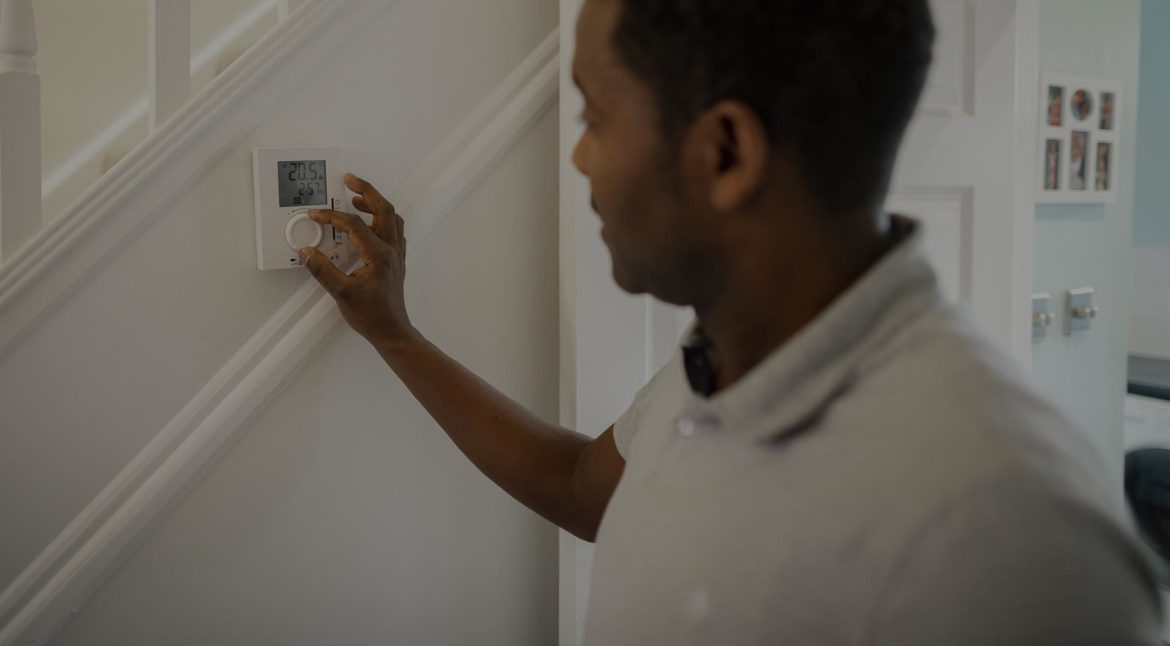Sustainable living is something we should all aspire to do better, especially if we want to get serious about our children’s future and the world they’ll inherit.
But sustaining a green lifestyle has other incentives, too. Especially when it comes to your pocketbook. Going green can refer both to a nature-friendly lifestyle and the money your family saves through smarter energy conservation.
There are plenty of renewable energy investments you can make in your home — big or small. Even small and easy renewable energy investments can provide big payoff when it comes to long-term energy savings. Then, larger investments provide additional opportunities, that even go beyond improving property values.
The truth is, you can bank on renewable energy. There are plenty of government incentives to help make renewable energy investments more affordable.
Here’s how to make the most of those investments:
Federal tax credits and incentives for renewable energy have been extended, and are likely to be extended into the future.
Energy Star, a government-backed program for renewable energy efforts, explains on its website:
“The tax credits for residential renewable energy products are now available through December 31, 2023. Renewable energy tax credits for fuel cells, small wind turbines, and geothermal heat pumps now feature a gradual step down in the credit value, the same as those for solar energy systems. As of 2021, biomass fuel stoves are included in tax credits for residential renewable energy products.”
There are numerous federal, state, and local tax credits available to help reduce the initial cost of renewable energy projects for your home. This makes it easier to finance the initiatives out of savings or to afford payments on Federal Housing Administration (FHA) 203k renovation loans. These federal tax credits can be combined with various state and local credits to help make your dream of “going green” an affordable project of meaningful sustainability.
Upgrade high energy appliances with more efficient models
Have an air conditioner, boiler or furnace that is older than 15 years? Your heating and cooling bills might benefit from an upgrade. Any healing or cooling system that’s 15- to 20-years-old is supremely inefficient compared to today’s technology.
It’s best to talk to your local HVAC specialist to learn what type of unit you need to purchase and what you can save based on the level of upgrade you select.
Consider upgrading to a smart thermostat
By upgrading to a programmable smart thermostat, you gain supreme control over the efficiency of your energy use. You can easily adjust settings when no one is at home or when everyone’s snuggled cozy in bed. Program the thermostat in your house to accommodate your lifestyle so you enjoy the best comfort at the greatest efficiency.
Is it time to install central air conditioning?
Do you have central air? Now might be the time to consider an upgrade. The costs to upgrade to central air will likely pay for themselves overtime. In fact, when you weigh the initial costs with the long-term savings, you might wind up with a sizable dividend — and have a much cooler home in the process.
It costs between $3,00 to $7,000 to install central air, depending on where you live, the type of unit you need and the condition of your air ducts, according to NerdWallet. But a new efficient central air cooling system can save 20 percent a year on cooling costs when replacing a system over 10 years old, according to Energy Star. Do the math. In the long run, you might save such a pretty penny that the initial investment into central air conditioning pays for itself and then some.
Consider investing in a geothermal heat pump
A geothermal heat pump uses the planet’s own internal warmth to more efficiently heat and cool a home. Ten feet below your house, the earth is a comfortable 57 degrees year round. A geothermal heat pump transfers this heat to provide a more efficient way to heat your home in the winter and cool it in the summer. It depends on which system you get, but you can use a geothermal heat pump for hot water, heating, and air conditioning.
As the Money Crashers blog points out, the initial cost is a bit expensive at $20,000 to $25,000 to install a geothermal system in a 2,500-square-foot home, with a payback period of up to 10 years, according to EnergyHomes.org. But these systems use 25 percent to 50 percent less electricity than traditional systems, according to Energy Saver, an office of the Department of Energy.
Plus, homeowners qualify for a tax credit equal to 23 percent of equipment and installation costs with no upper limit through 2022 and a 22 percent tax credit in 2023. The tax credit expires at the end of 2023, but Congress may choose to extend it.
Maximize your investment, talk to a HVAC specialist
At HVAC 911, we can connect you with certified HVAC specialists who can talk to you about energy upgrades that will improve your home and save a substantial amount of money.
Our HVAC specialists are well-versed in the different government incentives and programs to help pay for your project. We’ll work with you to make a green lifestyle both sustainable and affordable.
